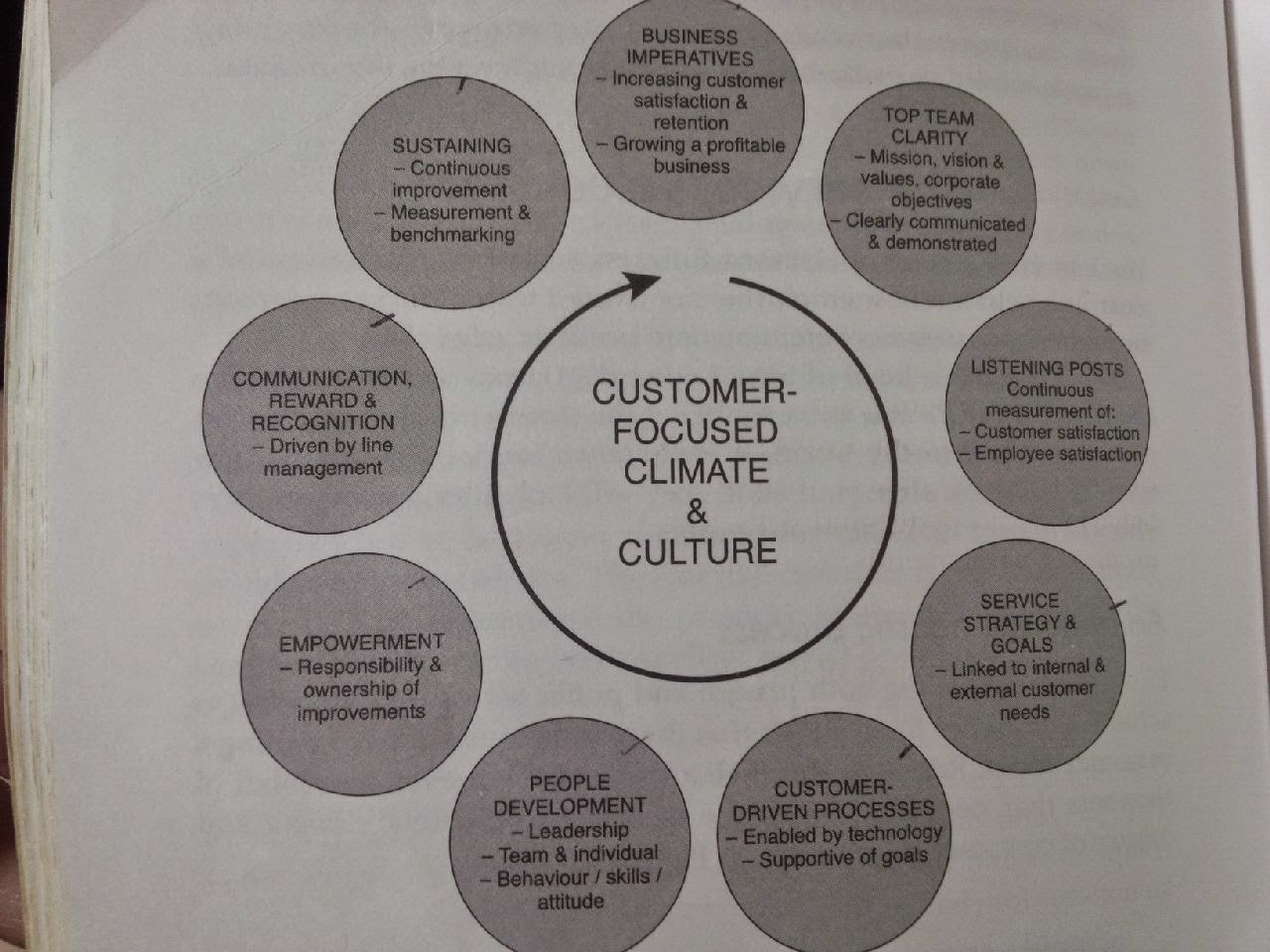What is passion?
In general passion is when you put more energy into something than is required to do it. It is just enthusiasm or excitement, passion is ambition that is materialised into action to put as much heart, mind, body and soul into something as is possible.
Finding passion for work is just like having passion for service. Doing a job and being passionate about the work that you do are two different things. Many people struggle to find passion for their jobs or their work and worry that they are not happy in their careers.
To me, I really have passion in service quality. PASSION can be broken down into smaller components as I wrote in Part 1.
Patient
It means to be able to remain calm and not become annoyed when waiting for a long time or when dealing with problems or difficult people.
In the service industry, patient is all it takes to help understand the fundamental of the scenario or situation. Patient to listen to your guests or customers. Listening helps to understand and meet demands of the guest. Patient also help you to be calm and react to the situations wiser. Being calm, you will tend to know how to use different words or rather correct words to reply your guests or customers. Or even ask.
Ask
Asking means to say or write something to someone as a way of gaining information or to request an answer to a question.
In this business world, asking questions is very common but asking the relevant questions at the relevant time is very crucial, especially in the service industry. So before you ask, you got to listen and observe. Asking questions also need a lot of skills, when in conversation with your guests or customers, the sincerity, smile and body language says it all.
Sincerity
Being sincere means having or showing true feelings that are expressed in an honest way.
Sincerity can be seen in many different forms, the way you speak, your body gestures, your tune of voice, your actions and your commitment in your promises. In a conversation, all of these can be felt by the guests or customers you are conveying with. They can feel the level of sincerity you posses when conveying with them. Short conversations can reflect a lot on you as an employee and your company's reputation as well.
Smile
A smile is an expression that shows happiness, amusement, pleasure, affection, etc.
In the service line, a smile is not just a simple one, a smile needs to show sincerity in it. Nowadays, guests o customers are more demanding on quality service, they can tell the difference if your smile is sincere or fake. So always smile with sincerity. A smile can be just a simple gesture that everyone can do it, even a small little kid. The difference is the way you smile. A simple smile to your guest or customer can initiate a conversation, which means a smile can break the ice between 2 strangers just from that instance of a smile.
Initiative
Initiative is the power or opportunity to do something before others do; the energy and desire that is needed to do something; a plan or program that is intended to solve a problem.
You need to posses a lot of initiative in this competitive working world. When you initiate, you are already a step ahead. You are creating a conversation and a good impression with your guests or customers. Positive initiative shows that you care and that you are sincere to assist.
Observant
It is about paying good attention by watching, listening and noticing the surrounding you are in.
Previously, I was talking about being observant when having conversations with your guests or customers. Good observant skills can be trained but sincerity comes from within. When you are very observant to your surroundings, you will know when to initiate your assistances, as well as, when to ask relevant questions at the correct time. Observant skill is very important skill to have in a service industry. It sometimes save your ass before you know it, especially before problems starts to surface out.
Nationality
It is a national status; the fact or status of being a member or citizen of a particular nation.
Especially in the service industry, you have to treat everyone the same. No one in your dictionary of guests or customers should be classified by their nationality. Respecting every individual is the core moral value here. Never base their spending power on their nationality, you may be surprised, therefore, your level of service cannot be base on your guest's or customer's nationality, not even by their dressing, or worst, their behaviour.
Above is my version of PASSION in service industry. I believe that the service quality level will not go any worst if you remember the word PASSION.
Try using PASSION in your everyday work life, especially in the service line, give me comments if they are useful to you. I accept both good and bad ones!







